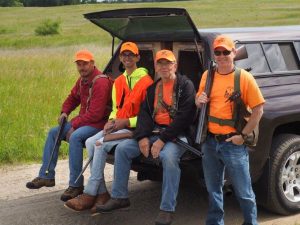This article was posted in the February 2018 issue of NAVHDA’s Versatile Hunting Dog Magazine:
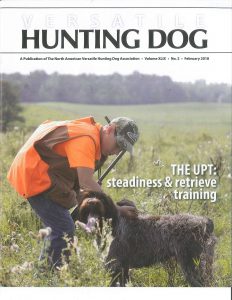
According to the NAVHDA AIMS book, The Utility Preparatory Test (UPT) is designed “to evaluate the dog midway in its training towards becoming a reliable versatile gun dog,” and the Utility Test (UT) is “designed to test a dog’s usefulness to the on-foot hunter in all phases of hunting, both before and after the shot, in field and marsh, and on different species of game.”
For an inexperienced handler, the UPT is a great introduction to the hunting team concept and the different areas of focus for the full UT. There is no age limit for a dog in the UPT, so it can also be a good way to evaluate a dog that missed running a Natural Ability test.
But what about the UPT as a measure of a dog’s usefulness to the hunter? Years ago, I had a Lab and then a Boykin spaniel. I was a novice bird-dog man, but we found, flushed, and shot birds and had fun. With some retrieving and steadiness training, it would have been a lot more fun (and much safer). There were shots taken that should not have been—low-flying birds with dogs on their tails. There was a time in Iowa that I dropped a rooster across a dredge ditch, and the dog refused to go across. It was half a mile to a bridge, and I became the dog on that one mile retrieve. For those of you who do not hunt waterfowl and feel all the water work required of a Utility dog does not apply to your hunting style, think again. Pheasants, grouse and woodcock all live near water, and it seems almost every year one of my dogs retrieves an upland bird from water.
In the NAVHDA UPT, a dog is evaluated across many areas, but, for the purposes of the points I am trying to make with this article, let’s focus on Steadiness (in the field and at the blind) and Retrieving (land and water).
In NAVHDA testing, Field Steadiness is brokendown into four parts as described here:
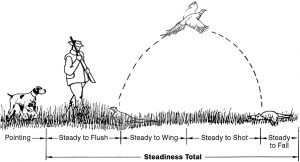
“Steady to Flush” – Judging “Steady to Flush” begins when the dog is aware of the presence of the handler. Think of “Steady to Flush” as behavior during the flushing period. The steady to flush judgment ends when the bird leaves the ground.
“Steady to Wing” – Judging “Steady to Wing” begins when the bird leaves the ground and ends when the gun is fired.
“Steady to Shot” – Judging “Steady to Shot” begins when the gun is fired and ends when the bird hits the ground.
“Steady to Fall” – Judging “Steady to Fall” begins when the bird hits the ground and ends when the dog is sent for the retrieve.
Continue reading “Steadiness & Retrieve Training-The UPT Test”
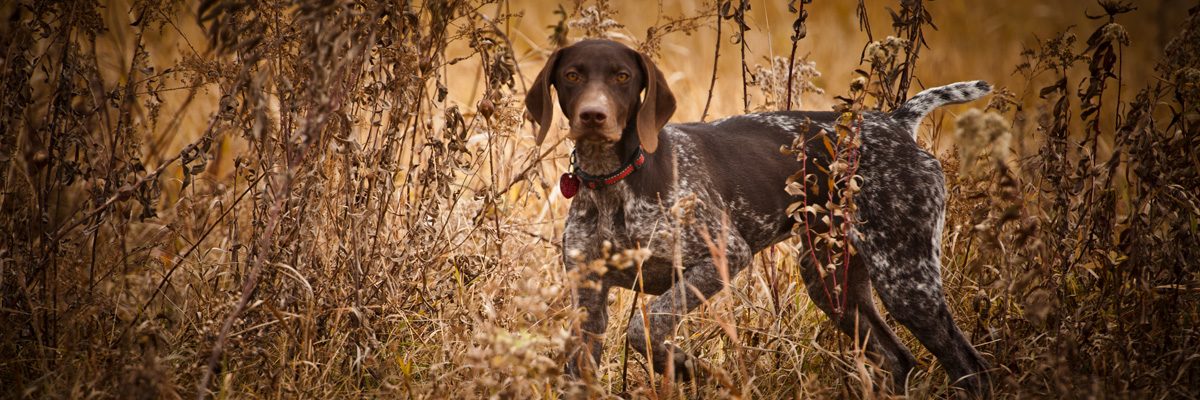
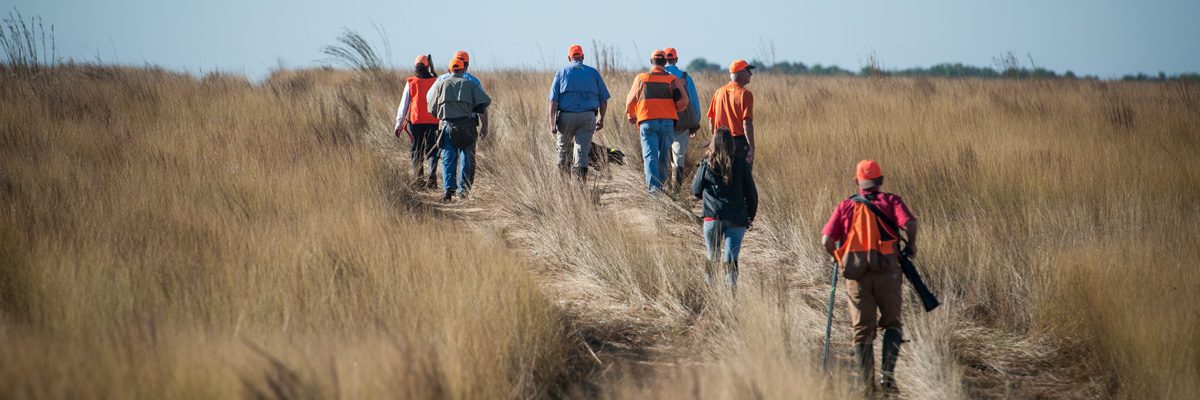
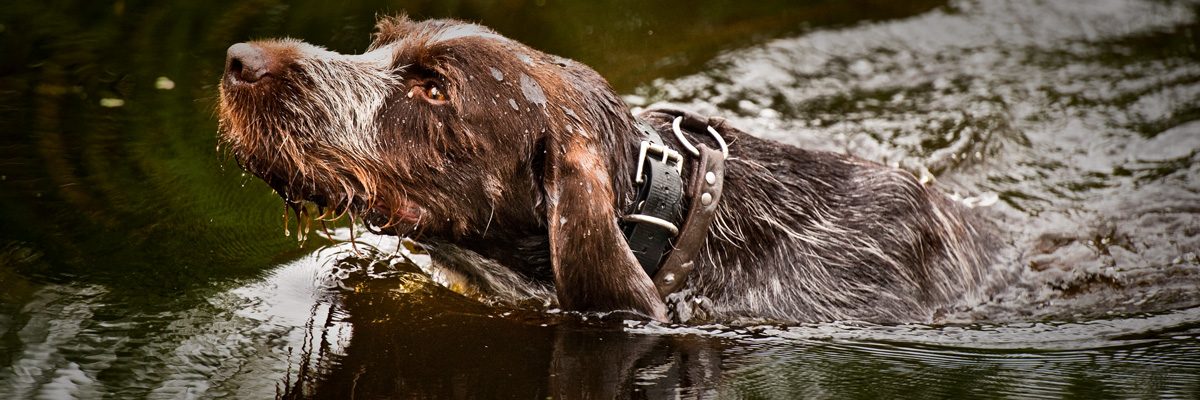
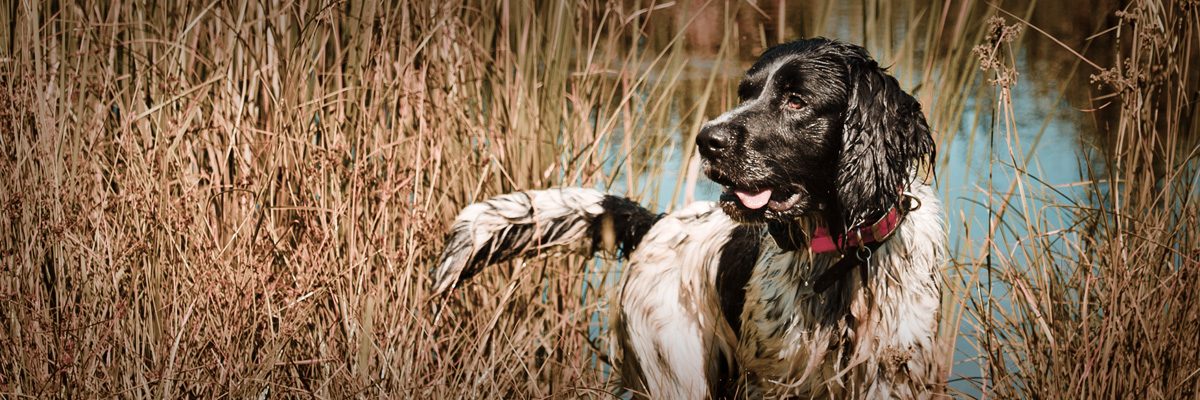
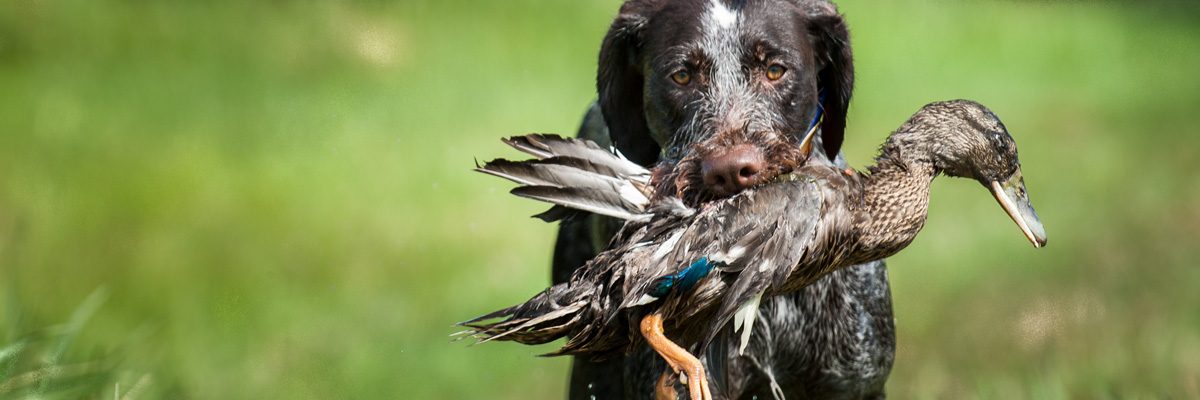
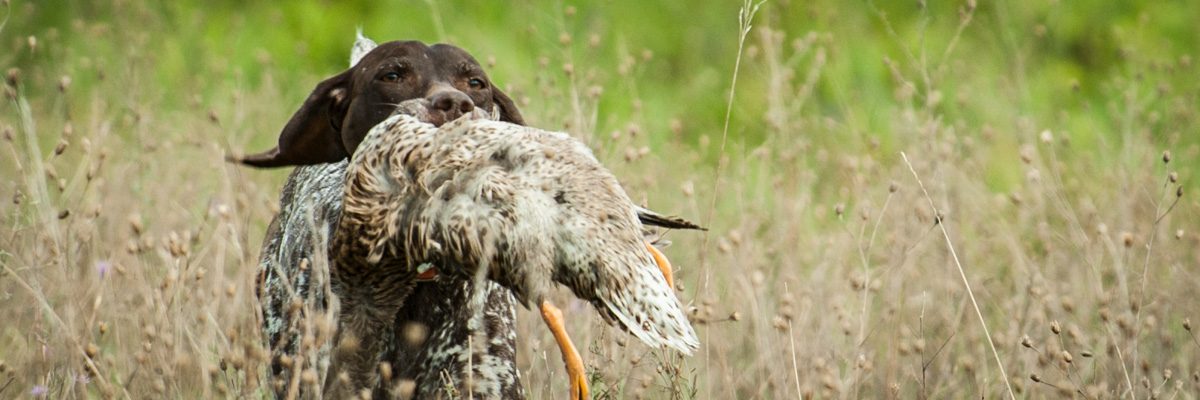

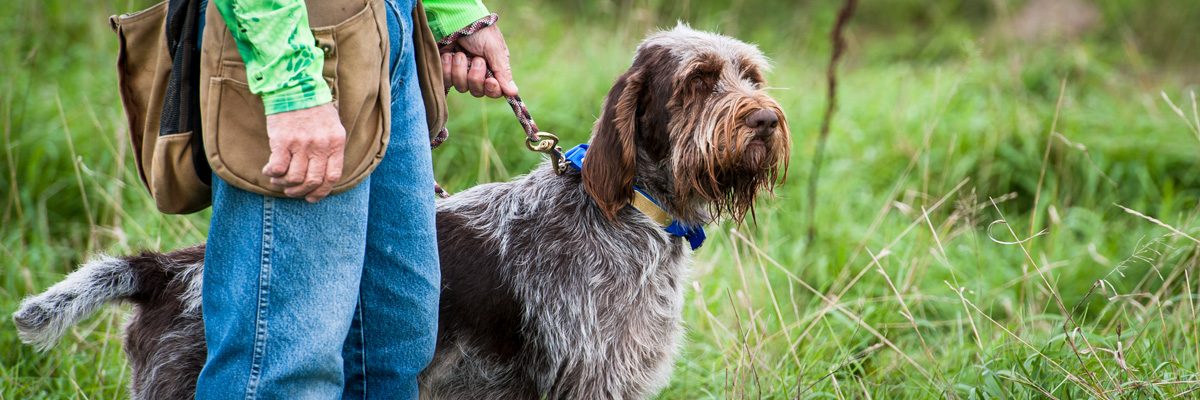


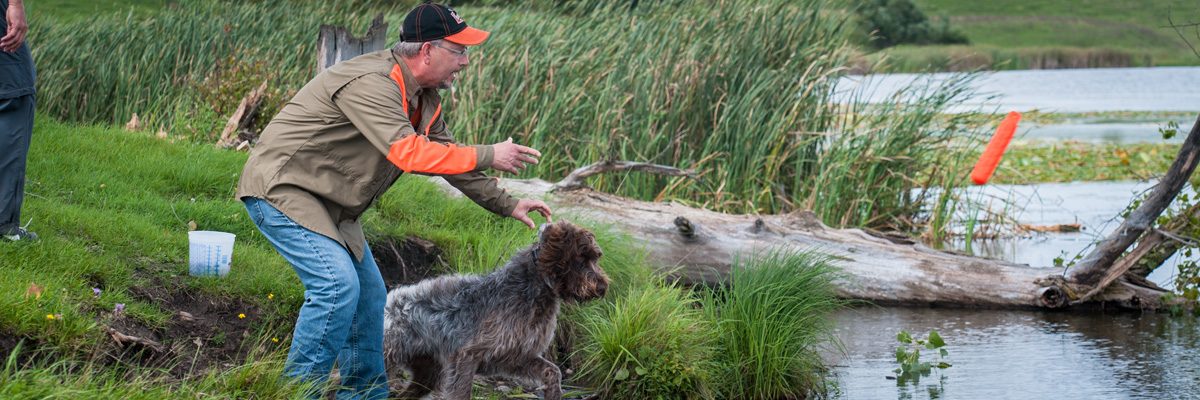
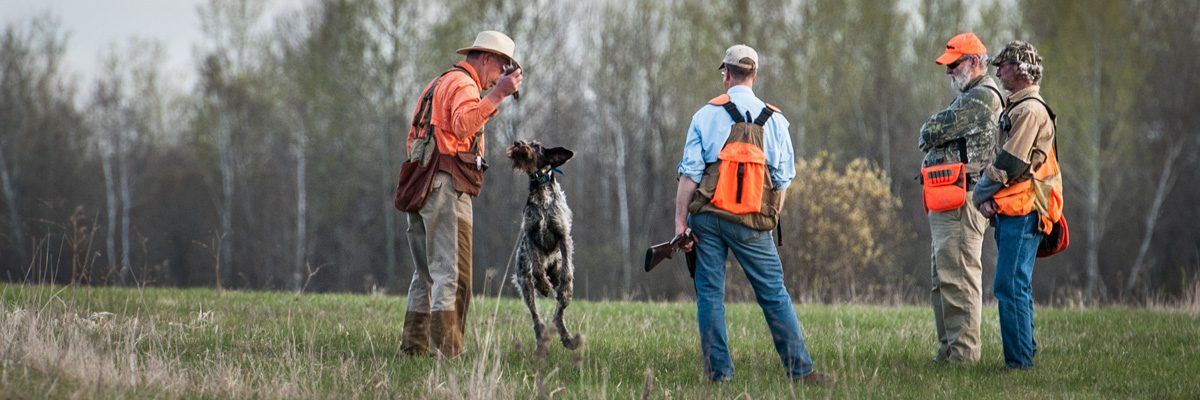
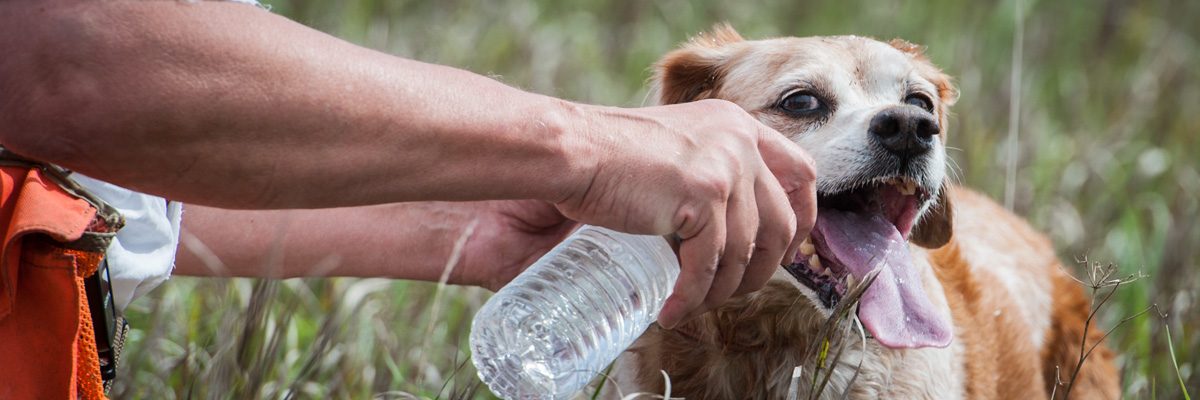
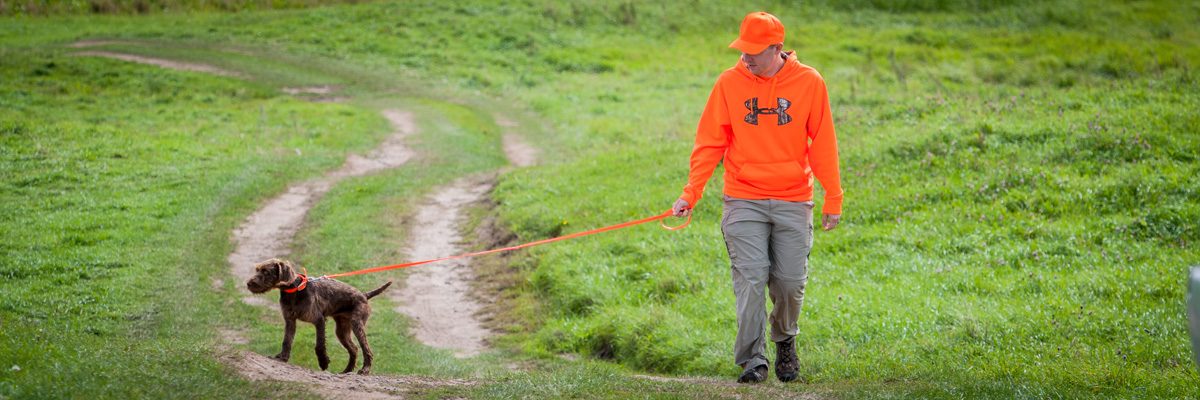



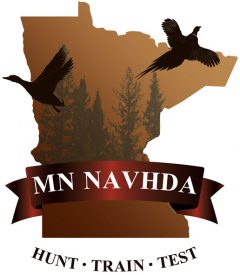
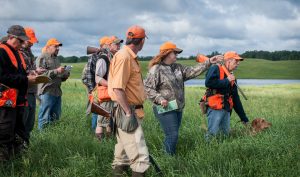
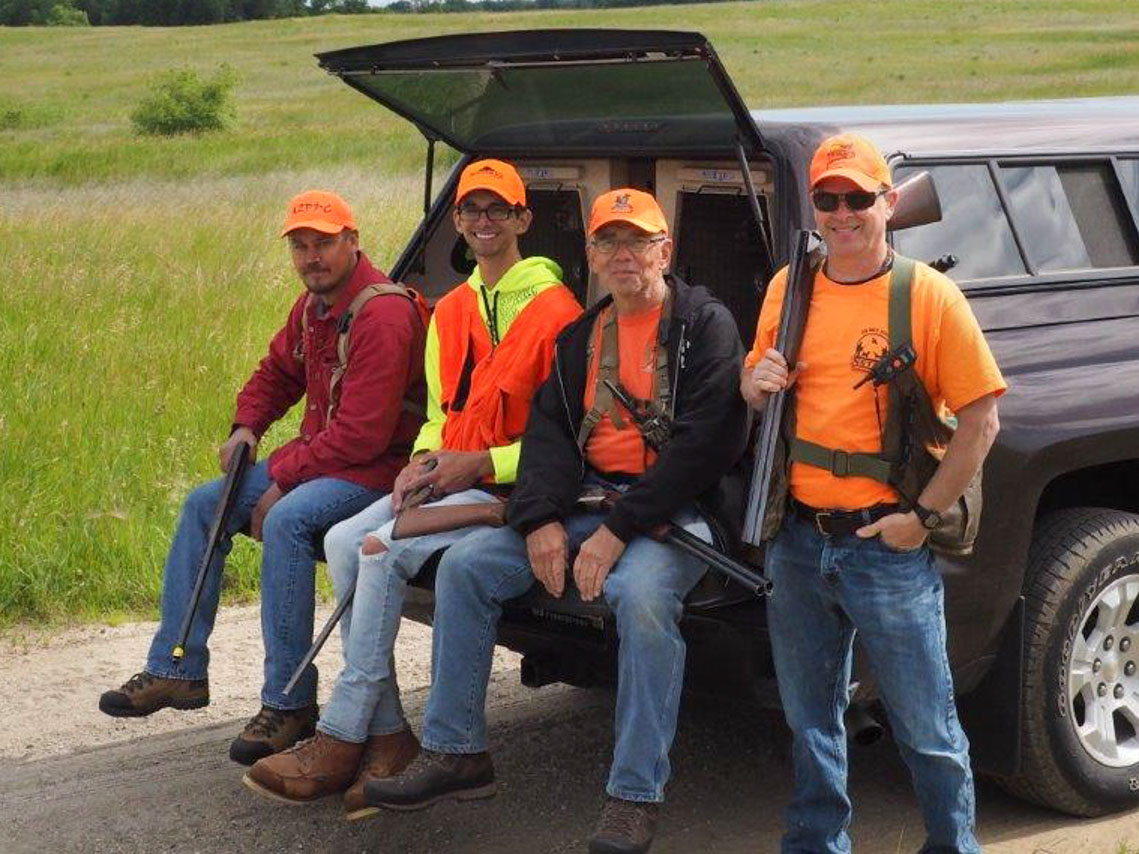
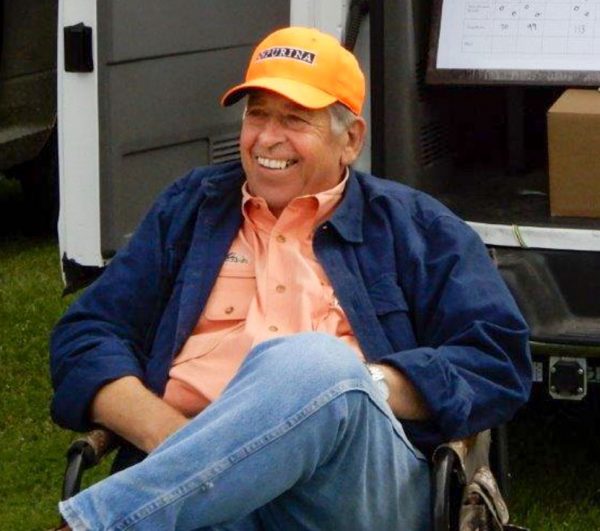
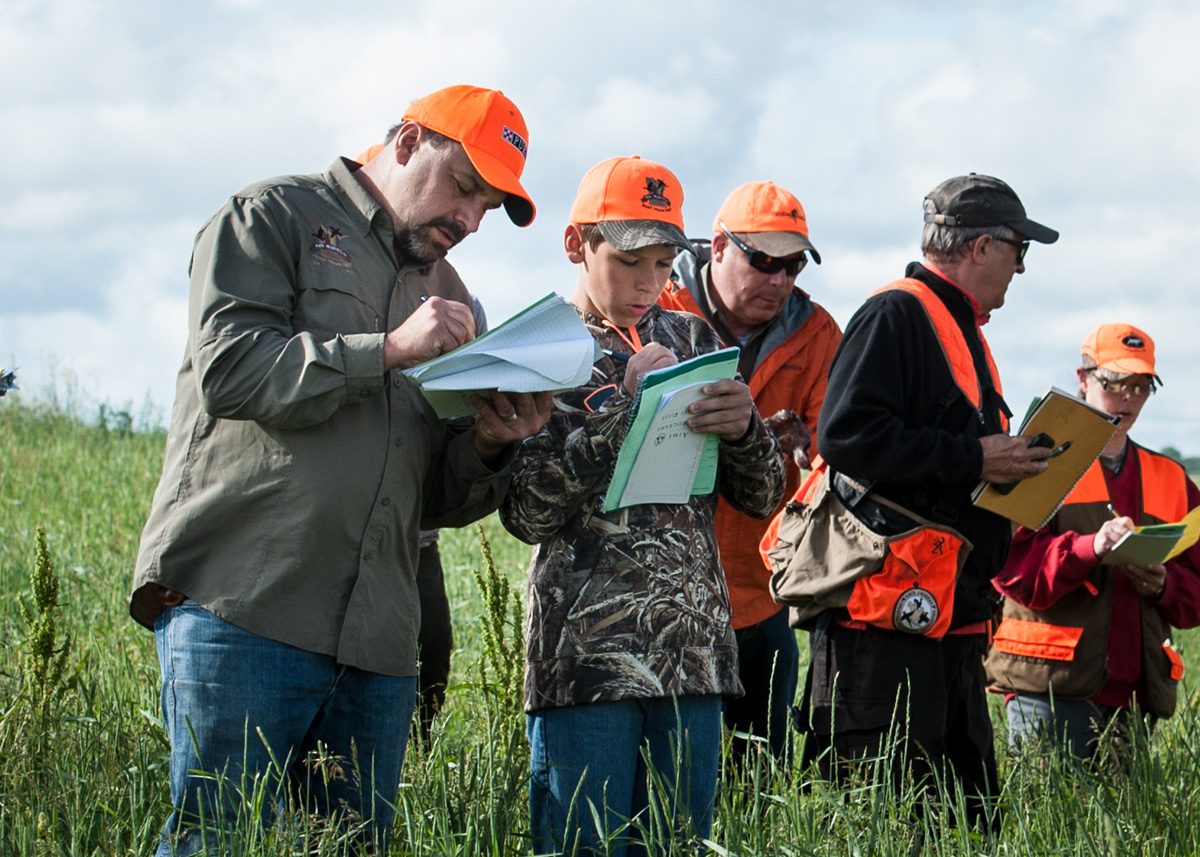
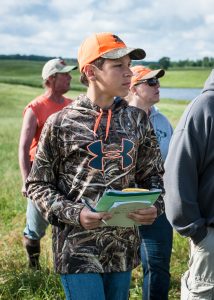 ecause of the
ecause of the 
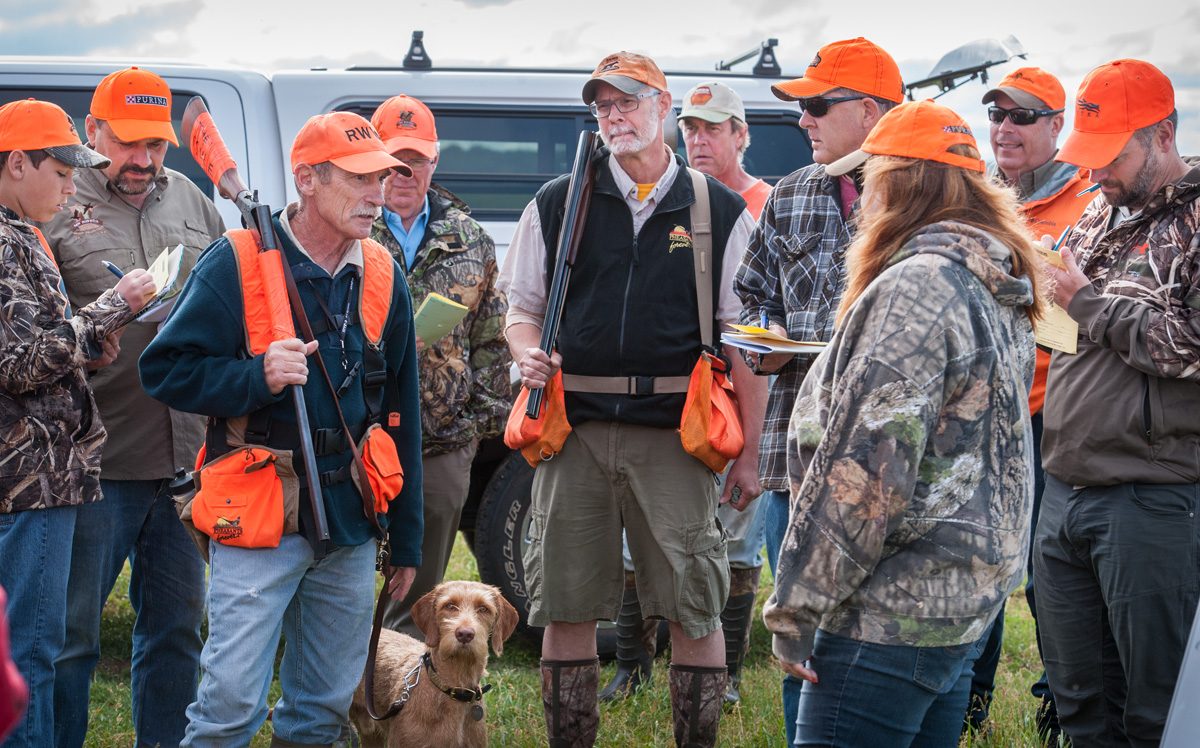
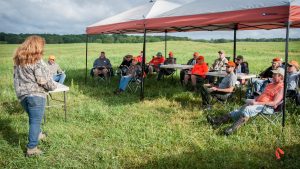

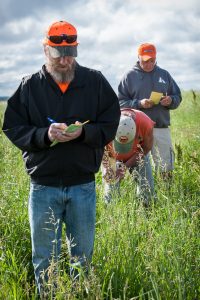 of “classroom” work, are sent into the field as judging teams, where two NA dogs, one UPT dog and one UT dog are run and scored. Each team is required to determine a consensus score for each dog, and following the dog’s tests, each team will read their scores to the others.
of “classroom” work, are sent into the field as judging teams, where two NA dogs, one UPT dog and one UT dog are run and scored. Each team is required to determine a consensus score for each dog, and following the dog’s tests, each team will read their scores to the others. 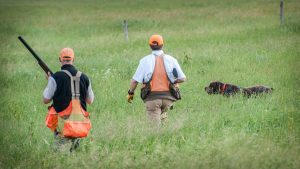 g their dogs out there for the members to score. Also thanks to Howie Hill, Doug Lodermeier, Joe Wessels, Mark Jacobs, Ed Challacombe and Wolfie Smith for doing the things it takes to make it all happen.
g their dogs out there for the members to score. Also thanks to Howie Hill, Doug Lodermeier, Joe Wessels, Mark Jacobs, Ed Challacombe and Wolfie Smith for doing the things it takes to make it all happen.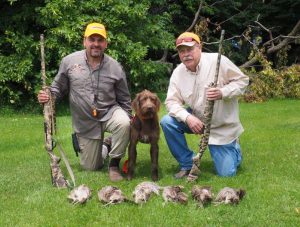
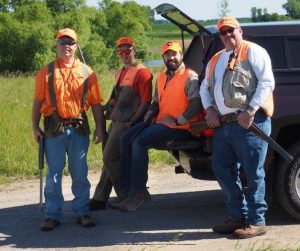 The conditions seemed favorable for most dogs to find birds, with 5 finds by 4 teams. Mike and Colton Busse, running Sarge, posted a respectable score of 121 points with 5 birds. Given team Busse’s recent dominance (with Sarge) in the event (1st place in 2014, 1st place in 2015, and 2nd place in 2016), many felt that the Busses were well positioned to win the event. However, in the last brace of the day, Pete Aplikowski and Roger Schmatz, with Ike, bagged 6 birds with 8 shots to edge out Mike and take 1st place. Their performance earned $404.25 in prize money.
The conditions seemed favorable for most dogs to find birds, with 5 finds by 4 teams. Mike and Colton Busse, running Sarge, posted a respectable score of 121 points with 5 birds. Given team Busse’s recent dominance (with Sarge) in the event (1st place in 2014, 1st place in 2015, and 2nd place in 2016), many felt that the Busses were well positioned to win the event. However, in the last brace of the day, Pete Aplikowski and Roger Schmatz, with Ike, bagged 6 birds with 8 shots to edge out Mike and take 1st place. Their performance earned $404.25 in prize money.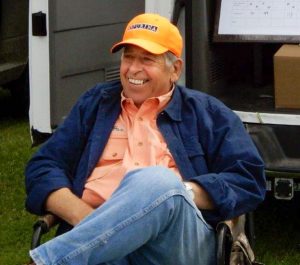 At this year’s event, 72 pheasants were released for 11 teams and 42 birds were harvested. This is a 3.8 bird average per team, which is a significant increase over last year when the average was 2.1 birds per team. 2011, with 4.9 birds per team, remains the highwater mark for harvest ratio at our Pheasant Championship on the Major Avenue grounds.
At this year’s event, 72 pheasants were released for 11 teams and 42 birds were harvested. This is a 3.8 bird average per team, which is a significant increase over last year when the average was 2.1 birds per team. 2011, with 4.9 birds per team, remains the highwater mark for harvest ratio at our Pheasant Championship on the Major Avenue grounds.